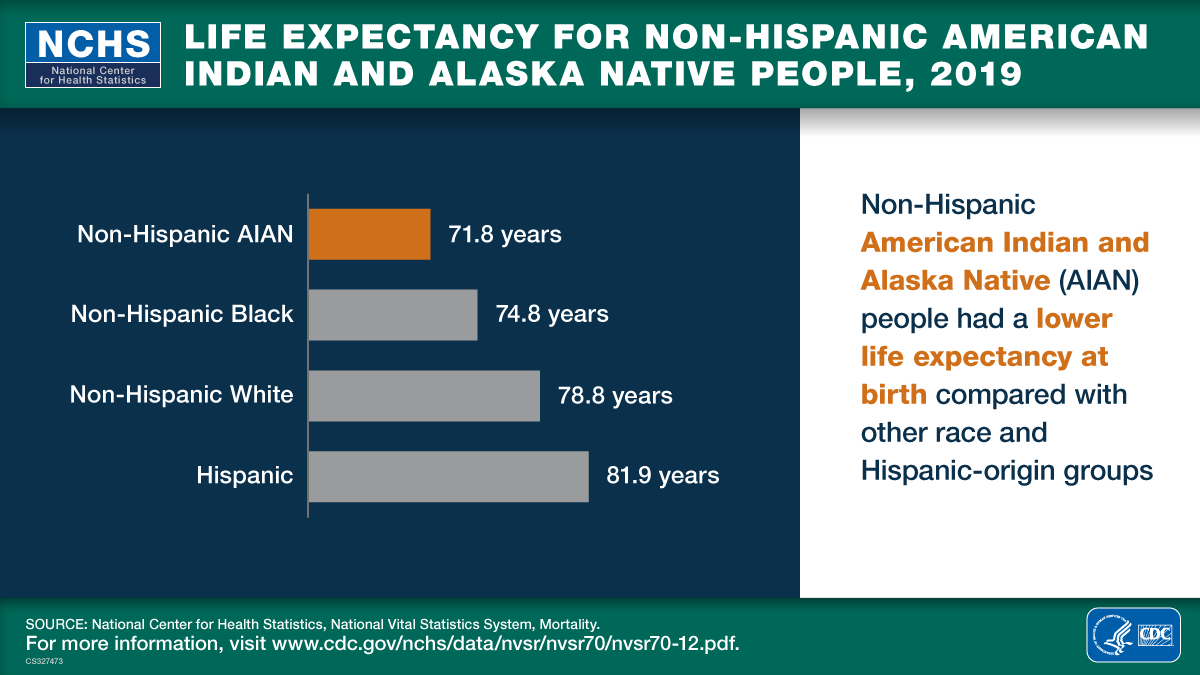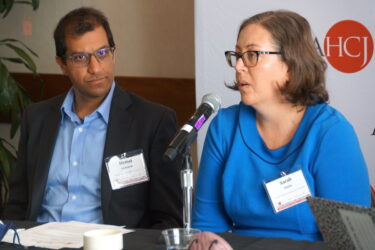 Are you new to the health beat? Or maybe you’re a seasoned health care reporter. Whatever the case, to uncover the story behind statistics that show COVID-19 has hit Native American and Alaska Native communities particularly hard, you’ll need to know how and where to search for data.
Are you new to the health beat? Or maybe you’re a seasoned health care reporter. Whatever the case, to uncover the story behind statistics that show COVID-19 has hit Native American and Alaska Native communities particularly hard, you’ll need to know how and where to search for data.
During the first AHCJ and Native American Journalists Association (NAJA) Health Care Reporting 101 webinar last month, “Health equity: For whom does the system work?”, we dived deeper into this topic.
The first part of the webinar explored how to find data and sources for stories about health trends in Native American and Alaska Native people and how to think about health equity concerns in these communities. We also shared key mortality, diabetes, and life expectancy statistics that may help explain why COVID-19 hit Native American and Alaska Native communities harder than others.
A significant challenge in covering health trends among Native American and Alaska Native people is that existing data may not be accurate, up to date or comprehensive. That’s because Native American and Alaska Native people have not been identified correctly on federal and state health data. A recent report from the Government Accountability Office (GAO) addressed the poor quality of epidemiological data available to Native Americans and Alaska Natives.

In the document titled “Tribal Epidemiology Centers: HHS Actions Needed to Enhance Data Access,” the GAO said not all of the 12 tribal epidemiology centers (TECs) can access non-public data from the federal Department of Health and Human Services (HHS) or the federal Centers for Disease Control and Prevention (CDC). Some TECs could not get CDC data on positive COVID-19 tests or IHS data on patient diagnosis codes. It said that such vital data were not available to the tribal centers because:
- There were few policies affirming the authority of the TECs to access HHS data.
- There was little guidance on how TECs could request the statistics.
- There were few procedures on how HHS and CDC should respond to such requests.
For more Native American and Alaska Native health reporting resources, check out this new tip sheet. You’ll find information on sources for demographic data, health statistics, context on social determinants of health, and a list of reporters that write about emerging health trends among Indigenous Americans, among other reporting tools.
Keep up with AHCJ emails, website announcements and social media posts to register for the next webinars in the series. The second installment will be all about understanding medical studies, and the third and last one will be about reporting accurately and responsibly on health care. The last webinar will help you make the most of AHCJ’s resources.
You can watch the webinar recordings on NAJA’s website and YouTube channel.








